Scallions play a crucial role in companion planting, working with certain plants while potentially clashing with others. Scallions can enhance growth and deter pests for many crops, but they also have their share of incompatible companions.
There is a list of green onion companion plants, and what not to plant with them. You need to have complete knowledge about them so that you can grow them in your home garden.
What is companion planting?
It’s the art of pairing plants together in ways that enhance growth and improve flavor. Among these botanical pairs, scallions or green onions shine brightly with their sharp taste and versatile culinary uses.

Before planting them in a garden, it is important to know which companions will help them flourish and which ones could throw off their groove. The right companions not only boost your harvest but also create a balanced environment that fosters healthy growth.
Benefits of Green onion companion plants
- Companion plants enhance the growth of the respective plant.
- These enhance the beauty of your garden.
- This is the perfect way to fill the space in your garden.
- Many varieties are available to support green onion plants.
- These are enough to protect the particular plant from diseases and pest attacks.
Why are Scallions great companion plants?
Scallions are great companion plants because of their pungent aroma that acts as a natural deterrent to pesky insects that threaten tender crops, making them invaluable partners in any garden bed.
But while scallions are excellent companions for many plants, it’s essential to navigate their companion plants carefully. Not all garden mates play well together, and some can stifle each other’s potential if planted too close.
What to grow with green onion companion planting?
Let’s explore different plants that can be grown with the onion plants and can make your garden beautiful.
Carrots
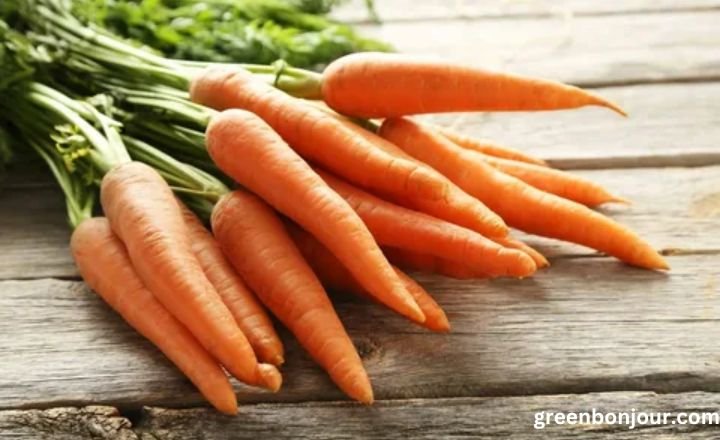
The onions prove heaven for the carrot harvest because they keep the fly away from the carrot plant which may affect the carrot growth badly. The pungent smell of onions is enough to keep them away, this results in fresh and bright-colored carrots.
Chamomile
This herb helps the onion and increases its taste. They prove antifungal and antibacterial for other plants because they have such properties. They keep the fungus away which can affect the growth of plants badly. The chamomile has a beautiful fragrance and you can have some chamomile tea. This is also a fact that attracts beneficial insects so that they can give the benefit to the plants.
Cabbage
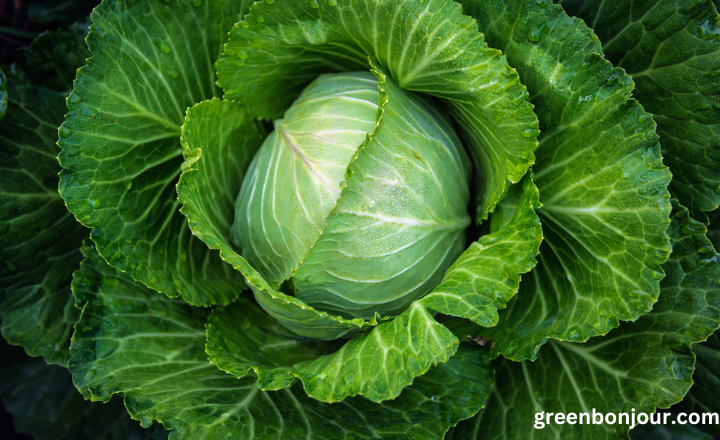
Cabbage is planted as a garden staple, but its true potential shines when showcased alongside companion plants like scallions. These humble allies not only maximize space but also create a symbiotic relationship that benefits both crops. Scallions release compounds that deter pests typically drawn to cabbage, such as aphids and cabbage worms, reducing the need for chemical interventions while boosting yields.
Beet
Beet greens are an overlooked asset in companion planting when paired with scallions. These vibrant greens not only provide a nutrient-rich addition to your diet but also enhance the growth of your onion relatives through natural pest deterrents.
The aromatic compounds emitted by scallions can confuse pests that typically target beets, creating a symbiotic relationship that reduces the need for chemical interventions.
Lettuce
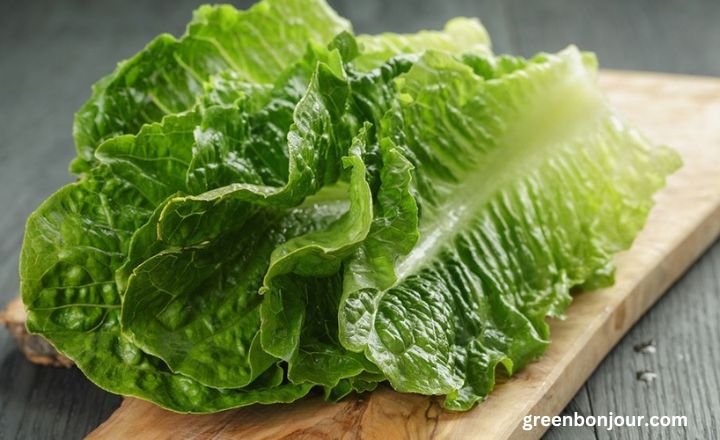
Companion planting is an art that encourages a thriving garden ecosystem, and when it comes to lettuce, adding scallions can be a game changer. These slender allies not only help maximize space but also deter pests naturally. This synergy between plants cultivates a healthier environment where both can flourish without the need for synthetic pesticides.
Tomatoes
Tomatoes thrive not only through their growth but also due to the nurturing relationships they form in the garden. One of the most delightful partnerships is with scallions or green onions.
This dynamic duo offers a natural pest deterrent; the sharp scent of scallions repels aphids and whiteflies that are often attracted to tomatoes. In return, tomatoes provide shade and moisture, creating a perfect microclimate in which scallions can flourish.
Marigolds
Marigolds are more than just vibrant garden adornments; they play a pivotal role in companion planting, especially with scallions. These bright flowers release natural compounds that deter pests, making them an excellent ally for scallion crops. By planting marigolds alongside your scallions, you not only enhance the visual appeal of your garden but also create a protective barrier against common pests like aphids and nematodes. You have to protect your marigolds from the deer.
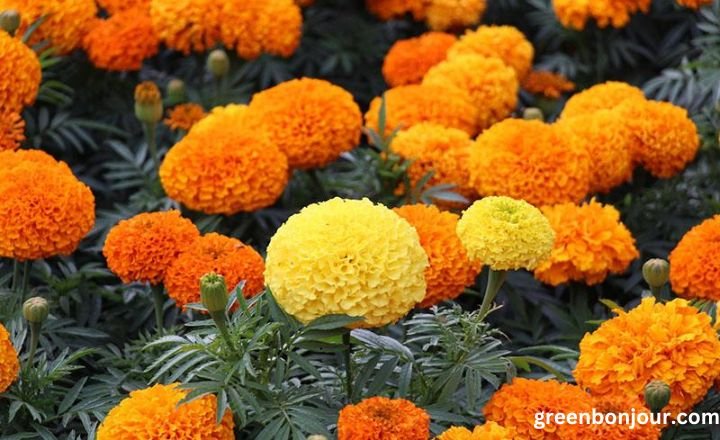
Swiss chard
Swiss chard is not just a vibrant addition to your plate; it also plays a unique role in companion planting, particularly alongside scallions. This leafy green thrives with scallions by naturally repelling pests that could harm their growth and offering a nutrient-rich environment.
Summer savory
The summer savory attracts insects and keeps the pests away from onions. The onions become sweeter in the proximity of summer savory.
Peppers:
Summer savory peppers present a delightful opportunity for home gardeners to explore the dynamic relationship between plants. When combined with scallions, these vibrant peppers thrive, creating a harmonious ecosystem in your garden. This companion planting strategy fosters healthy growth and yields bountiful harvests that tantalize the taste buds.
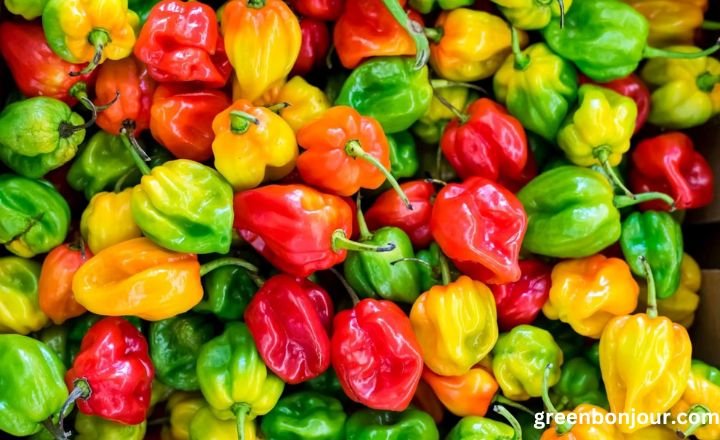
Eggplant:
The eggplant embodies the perfect harmony of flavors and offers a garden experience that goes beyond mere aesthetics. When paired with scallions in companion planting, the result is not only a culinary delight but also a strategic alliance promoting healthier crops.
Scallions repel pests like aphids and spider mites, safeguarding your prized eggplants while their dense foliage creates a cooler microclimate for young plants to thrive.
Strawberries:
The strawberries burst with flavor, uniting the sweet tartness of ripe berries with the aromatic warmth of this unique herb. When you plant strawberries alongside summer savory, you’re not just enhancing flavor; you’re also creating a vibrant ecosystem in your garden.
Parsnips:
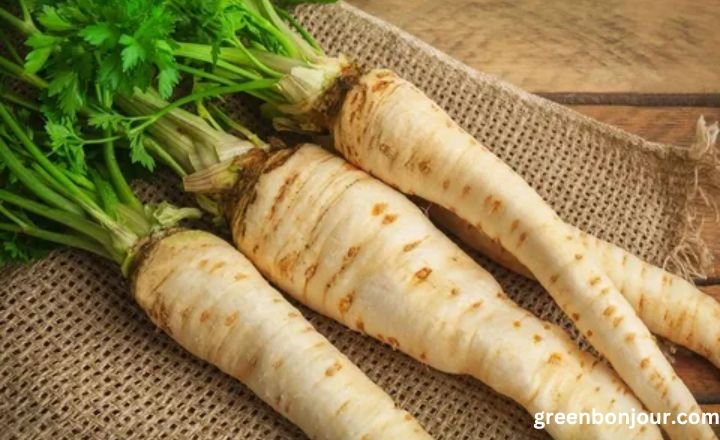
Summer savory parsnips bring a delightful twist to your garden and plate, merging the earthy sweetness of parsnips with the aromatic zest of summer savory. The savory’s antibacterial properties help deter pests that might otherwise target sensitive parsnip roots, fostering a healthier, more bountiful harvest.
Parsley:
Pairing this fragrant herb with scallions creates a harmonious ecosystem; the savory’s robust aroma can deter pests like aphids while enhancing scallions’ growth through natural nutrient cycling. This symbiotic relationship means you can cultivate both flavors and health in your garden.
Roses:
The enchanting aroma of summer savory roses adds a unique touch to any garden, but their charm extends far beyond aesthetics. These stunning blooms thrive when planted alongside scallions, creating a harmonious atmosphere that benefits both plants.
What not to plant with Scallions/green onions?
Peas
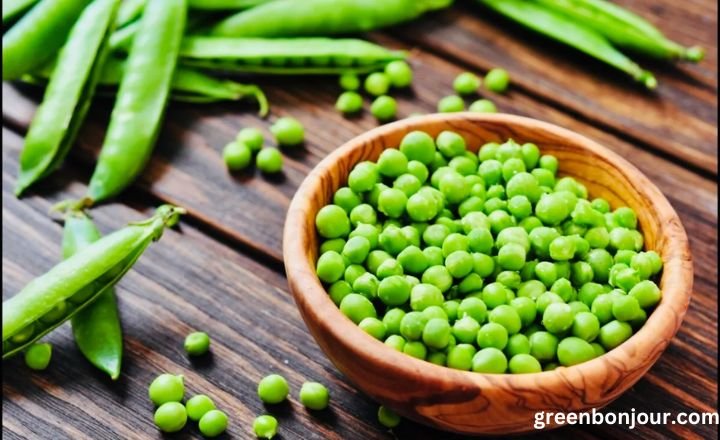
One crop to avoid pairing with scallions is peas. Although both are beloved in culinary dishes, they can actually hinder each other’s growth. Scallions emit certain sulfur compounds that may disrupt the delicate nitrogen-fixing abilities of peas, ultimately leading to diminished yields.
Beans
These plants share a penchant for nitrogen-fixing properties, but they can compete directly with scallions for soil nutrients and space. The shading effect created by sprawling bean foliage may also limit the sunlight that reaches your tender scallion shoots, stunting their development.
Asparagus
The two have conflicting growth habits; while scallions thrive in rich, well-drained soil with ample sunlight, asparagus prefers a more alkaline environment and can outcompete the space and nutrients needed by the delicate green onions. This competitive dynamic may lead to stunted growth or even diminished flavor for your scallions.

Sage
When it comes to companion planting with scallions, it’s essential to avoid pairing them with certain herbs, particularly sage. Sage has a strong aromatic presence that can interfere with the growth patterns of neighboring plants, including green onions.
Conclusion
Companion planting with scallions, or green onions, offers numerous benefits for both gardeners and their plants. By strategically pairing scallions with compatible crops like carrots, lettuce, and strawberries, you can enhance growth, deter pests, and maximize your garden’s productivity.
Scallions themselves are easy to grow and can thrive in various conditions, making them an ideal choice for any gardener looking to improve their planting strategy.
FAQs
Can you plant green onions next to basil?
Basil (Ocimum basilicum) is a culinary companion to onions, as it can enhance their flavor when planted close by.
Can you plant cucumbers and green onions together?
The allium family, known for its distinctive smell, can also be used for companion planting with cucumbers as their scent repels pests.